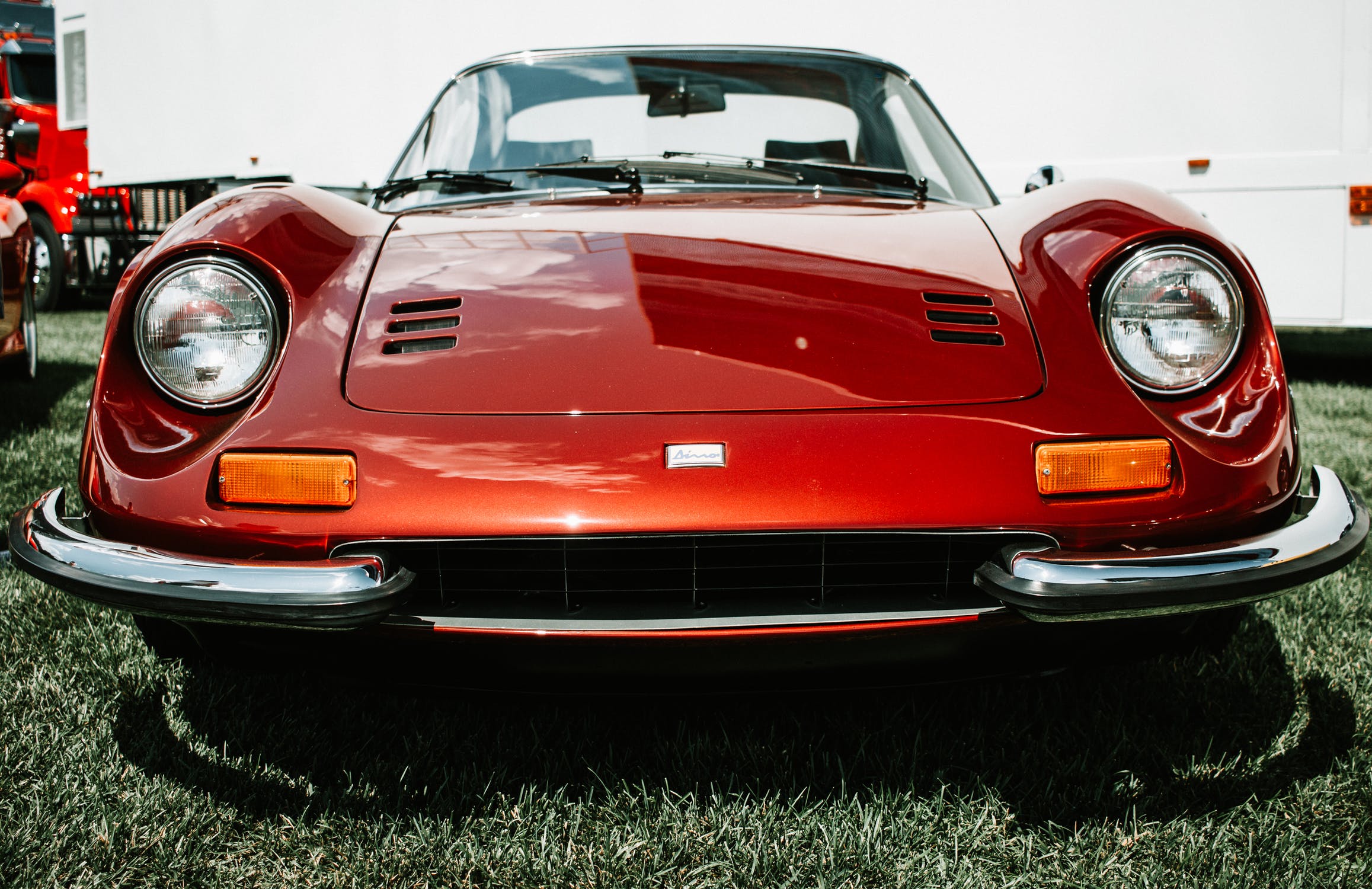2020 was a year of change and uncertainty, for all sectors and industries, this, of course, includes the automotive industry which experiences huge revenues every year. With 2020 officially now in the past, the focus is now on 2021 and what changes or trends this new year is expected to bring.
There are several reports and predictions that 2021 is anticipated to bring a growth of around 77 million, an increase of 10% from the previous year to the global automotive market. There are several areas in the automotive industry that will require extra focus this year, whilst others will not be so much of a priority.
Ridesharing, not a priority
Ridesharing was starting to build up great momentum in 2019. Many questioned the necessity of car ownership as it was gradually morphing into car usage with millennials questioning the necessity of owning a depreciating asset that is used less than 5% of the time. And with COVID lasting the majority of 2020, sharing became an abomination overnight. Whilst it will return with full force eventually, it won’t be a priority until a vaccine is widely available or the threat of a pandemic recurrence has passed. Meaning, it doesn’t look likely to happen anytime soon.
Resulting in electrification and connectivity being the priorities and most likely up and coming trends in the automotive industry for 2021.
Electrification
There is a huge push to increase the supply of battery electric vehicles in 2021, which is being driven by a global desire and need to tackle climate change. For the past decade, legislation has wired in and put the main focus on carbon emissions to try and tackle environmental issues with CO2 from a tailpipe of a vehicle being the main KPI. This, however, drove the industry to incline demand towards diesel-powered vehicles in certain areas around the world. And whilst diesel vehicles output less CO2 into the atmosphere than petrol-driven vehicles, the nitrogen oxides are usually higher. This means that diesel vehicles are more detrimental to air quality and people’s health. So, in order to alleviate the diesel increase, there has been an increased push to drive the supply and demands towards battery electric vehicles.
Connectivity
Every industry has experienced a major increase in digitization in 2020, and automotive is no exception. Over 70% of all cars built in 2020 will have telematic capabilities which means they will have the capacity to be connected to the OEM, dealer, other cars, smart cities, and so on. This trend is likely to continue and further increase in 2021 with nearly every new car possessing this functionality. This will be incredibly useful for OEMs as they will be able to easily obtain data, for example, predict car failures in order to reduce warranty costs. Governments will also be able to focus on compensating for a decline in fuel due to an increase in electrification, basing the tax on vehicle usage. This will require connected car technology.

